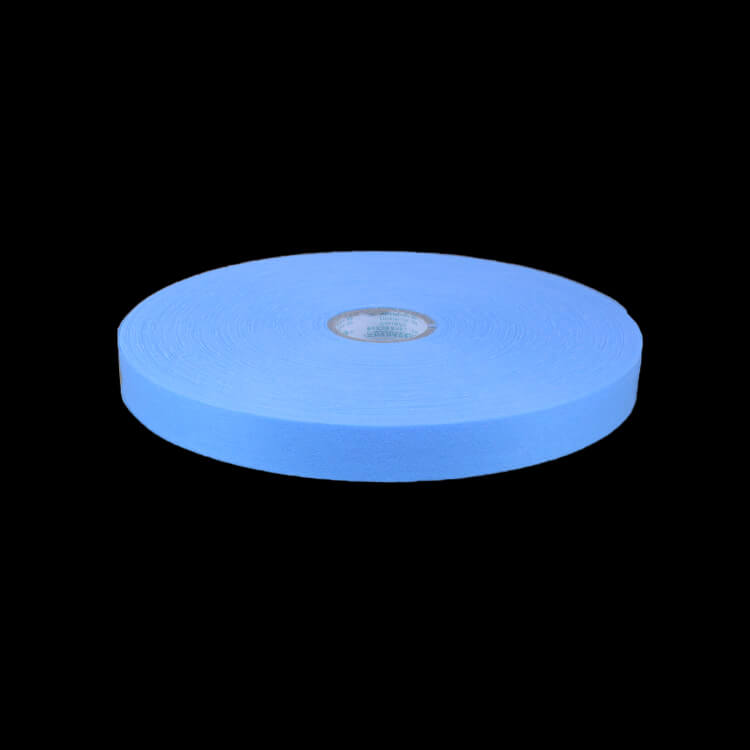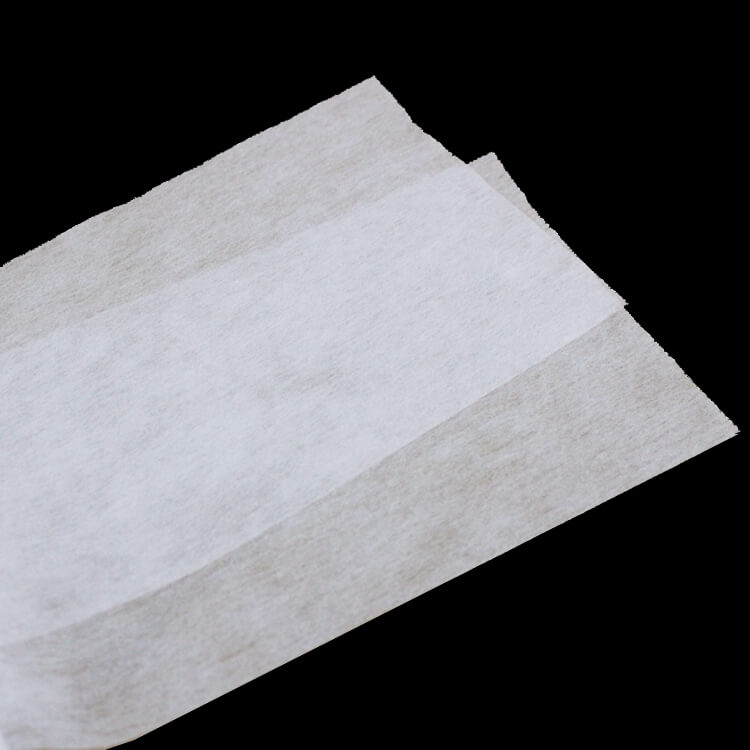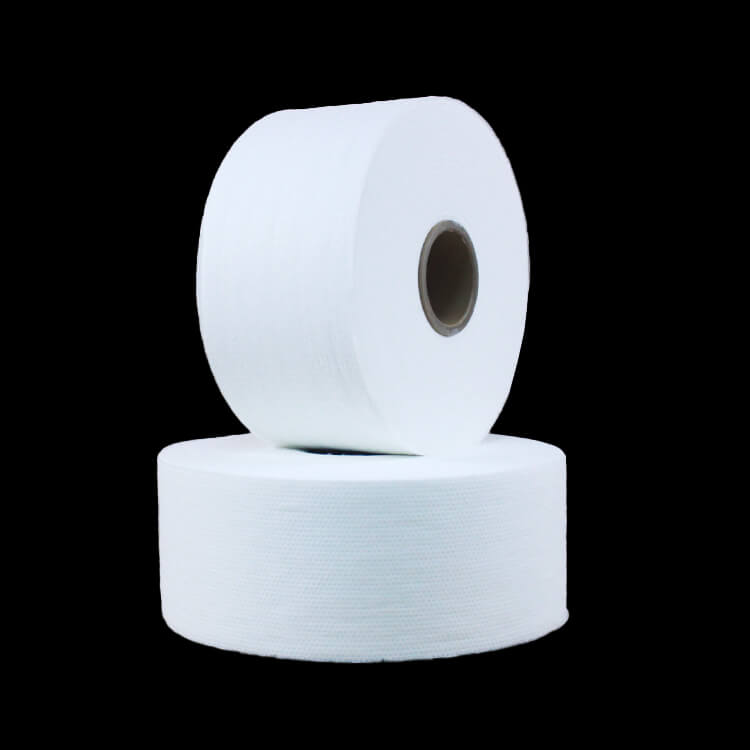Author:Baby & Adult Diaper Materials FROM:Diaper Materials Manufacturer TIME:2023-09-26
Understanding the Fundamentals of Diaper Making Materials

Diapers are an essential part of everyday life for millions of babies and toddlers around the world. The comfort and effectiveness of a diaper depend on its materials, which play a crucial role in keeping infants dry, comfortable, and free from rashes. This article aims to provide a comprehensive understanding of the fundamentals of diaper making materials, including their types, properties, and functions.

Various types of materials are used in the production of diapers, each serving a specific purpose. The primary components include the absorbent core, top sheet, back sheet, and elastic components.
The absorbent core is typically made of superabsorbent polymers (SAPs) and pulp fibers. SAPs can absorb and retain large amounts of liquid, while pulp fibers provide structural integrity. Together, they ensure maximum absorption and minimize leakage.
The top sheet, also known as the inner layer, is made from nonwoven fabrics or perforated films. It allows urine to pass through to the absorbent core while keeping the baby's skin dry. Breathability and softness are vital characteristics of the top sheet.
The back sheet, or outer layer, is usually made of a breathable polyethylene film. This waterproof material prevents liquid from escaping the diaper while allowing air circulation to maintain skin health. The back sheet should also have a soft and cloth-like texture for comfort.
Elastic components, such as leg cuffs and waistbands, are typically made of stretchable materials like elastane. They provide a snug fit to prevent leakage and ensure freedom of movement for the baby.

Diaper making materials possess specific properties that contribute to the overall performance of the product.
The absorbent core materials, such as SAPs and pulp fibers, have high absorption capacity and wicking ability. They distribute and lock away moisture, preventing skin irritation and keeping the baby dry for an extended period.
Nonwoven fabrics used in the top sheet are chosen for their softness, breathability, and ability to transfer moisture away from the baby's skin. These fabrics should be hypoallergenic, preventing skin rashes and irritation.
The back sheet material needs to be waterproof and breathable simultaneously. This allows air circulation while preventing leakage, maintaining the baby's skin health and comfort.
Elastic components should have excellent stretch and recovery properties to ensure a secure fit without restricting movement. They should also be gentle on the baby's delicate skin and not cause any discomfort or marks.
Understanding the fundamentals of diaper making materials is crucial for ensuring the quality and effectiveness of diapers. The right combination of absorbent core materials, top sheet fabric, back sheet film, and elastic components can provide optimal comfort, dryness, and leak protection for babies. Innovations in material technology continue to improve diaper performance, making them more efficient and eco-friendly. With a deeper understanding of diaper making materials, manufacturers can develop diapers that meet the evolving needs of parents and babies, ensuring a happier and healthier experience for all.

 Email: info@whldiapernonwoven.com
Email: info@whldiapernonwoven.com
 MP/WhatsApp: +86-13599937366
MP/WhatsApp: +86-13599937366
 Manufacturer Address:Room 1105B, Bld M1, Manhattan, Yulongwan, Shimao, Shuanglong Road, Meiling Street, Jinjiang, Fujian, China
Manufacturer Address:Room 1105B, Bld M1, Manhattan, Yulongwan, Shimao, Shuanglong Road, Meiling Street, Jinjiang, Fujian, China